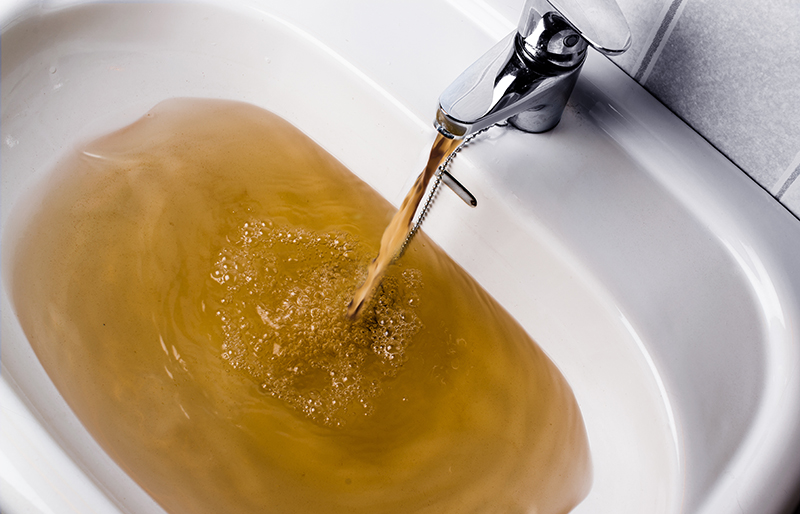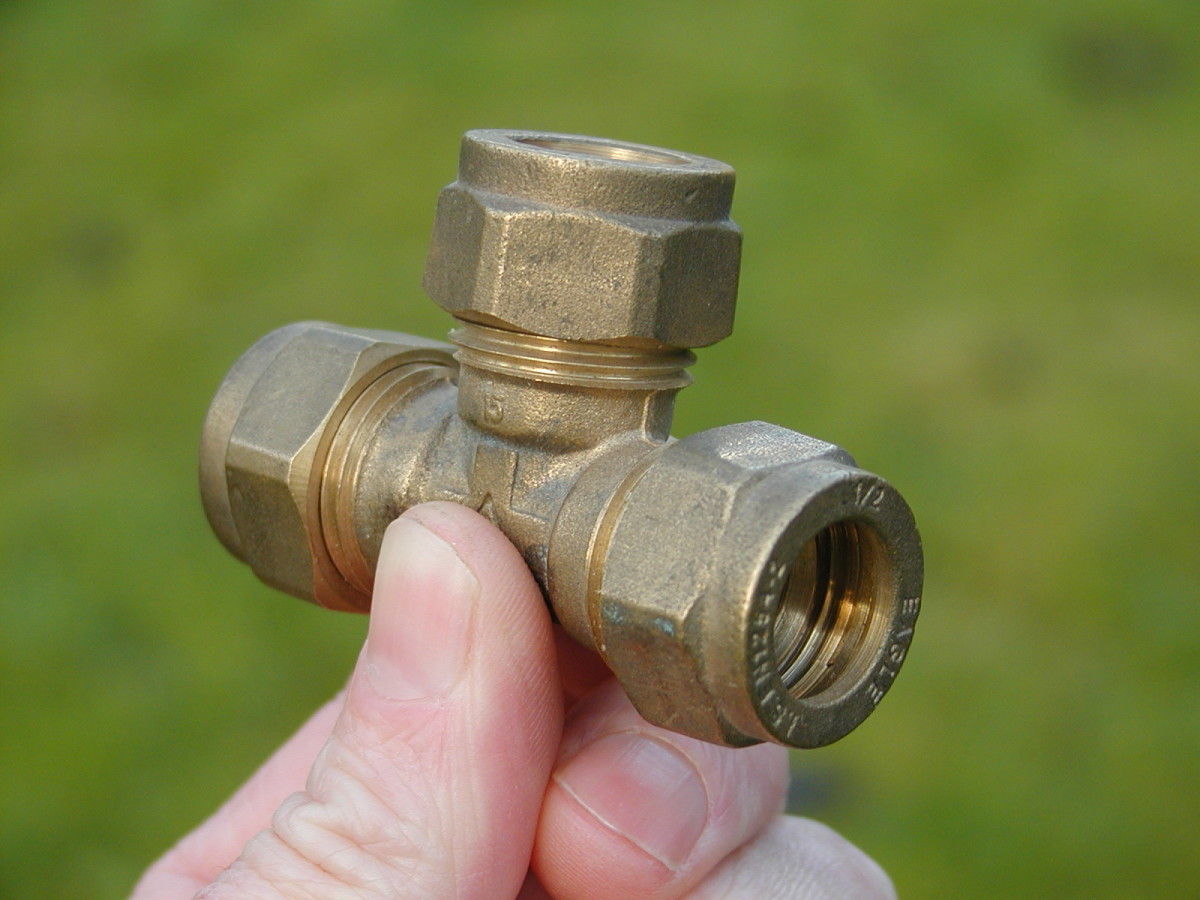Eliminating Noisy Plumbing Easily
Eliminating Noisy Plumbing Easily
Blog Article
The writer is making a few good pointers regarding Why is My Home Making Strange Plumbing Noises overall in this great article followed below.

To detect noisy plumbing, it is very important to identify initial whether the undesirable noises take place on the system's inlet side-in other words, when water is transformed on-or on the drain side. Noises on the inlet side have varied causes: excessive water pressure, used valve as well as faucet parts, improperly attached pumps or other home appliances, incorrectly put pipe fasteners, and plumbing runs containing too many limited bends or other constraints. Sounds on the drain side normally originate from bad place or, similar to some inlet side noise, a layout consisting of limited bends.
Hissing
Hissing noise that happens when a tap is opened somewhat normally signals excessive water stress. Consult your local public utility if you believe this trouble; it will certainly have the ability to tell you the water pressure in your area and also can set up a pressurereducing valve on the inbound water system pipe if essential.
Thudding
Thudding sound, frequently accompanied by shuddering pipes, when a faucet or appliance shutoff is switched off is a condition called water hammer. The sound and vibration are brought on by the resounding wave of pressure in the water, which unexpectedly has no place to go. Sometimes opening up a valve that discharges water quickly into an area of piping including a limitation, elbow joint, or tee installation can produce the same problem.
Water hammer can generally be healed by mounting fittings called air chambers or shock absorbers in the plumbing to which the problem shutoffs or taps are linked. These gadgets enable the shock wave produced by the halted circulation of water to dissipate in the air they consist of, which (unlike water) is compressible.
Older plumbing systems may have brief vertical areas of capped pipe behind wall surfaces on tap runs for the same purpose; these can eventually loaded with water, reducing or destroying their effectiveness. The remedy is to drain the water system completely by shutting down the main supply of water valve and opening all faucets. After that open up the main supply shutoff as well as close the taps one by one, starting with the tap nearest the valve and finishing with the one farthest away.
Chattering or Shrilling
Intense chattering or shrilling that happens when a valve or tap is activated, which typically vanishes when the fitting is opened totally, signals loosened or faulty internal parts. The option is to replace the valve or faucet with a brand-new one.
Pumps and devices such as cleaning equipments and also dishwashing machines can move electric motor sound to pipes if they are poorly linked. Connect such items to plumbing with plastic or rubber hoses-never inflexible pipe-to isolate them.
Other Inlet Side Noises
Squeaking, squealing, scraping, breaking, as well as tapping generally are triggered by the expansion or contraction of pipes, normally copper ones providing warm water. The noises occur as the pipes slide against loose fasteners or strike close-by home framing. You can commonly identify the area of the issue if the pipes are revealed; just adhere to the noise when the pipes are making sounds. Probably you will find a loose pipe wall mount or an area where pipelines lie so near floor joists or various other framing items that they clatter against them. Connecting foam pipeline insulation around the pipes at the point of get in touch with ought to remedy the trouble. Make certain bands as well as hangers are protected and also supply sufficient support. Where feasible, pipe bolts must be affixed to substantial structural elements such as structure walls as opposed to to framing; doing so reduces the transmission of vibrations from plumbing to surfaces that can amplify and transfer them. If attaching bolts to framework is inescapable, cover pipes with insulation or other durable material where they speak to fasteners, and also sandwich the ends of brand-new bolts in between rubber washers when mounting them.
Remedying plumbing runs that experience flow-restricting tight or many bends is a last option that needs to be taken on only after consulting an experienced plumbing service provider. Sadly, this circumstance is fairly typical in older residences that might not have actually been developed with indoor plumbing or that have actually seen a number of remodels, particularly by novices.
Drain Sound
On the drain side of plumbing, the principal objectives are to remove surfaces that can be struck by dropping or rushing water and to protect pipes to include inescapable audios.
In new building, tubs, shower stalls, bathrooms, and wallmounted sinks and containers should be set on or against durable underlayments to minimize the transmission of noise via them. Water-saving commodes as well as taps are much less noisy than conventional designs; mount them as opposed to older types even if codes in your area still permit making use of older components.
Drainpipes that do not run vertically to the basement or that branch into straight pipe runs supported at floor joists or other framing existing particularly bothersome noise troubles. Such pipes are large enough to radiate considerable resonance; they also carry significant quantities of water, that makes the situation worse. In brand-new building, define cast-iron soil pipes (the large pipelines that drain commodes) if you can afford them. Their massiveness has much of the sound made by water passing through them. Additionally, avoid routing drains in walls shown to bed rooms as well as areas where individuals gather. Wall surfaces consisting of drains need to be soundproofed as was explained earlier, using double panels of sound-insulating fiber board and also wallboard. Pipelines themselves can be wrapped with special fiberglass insulation made for the objective; such pipes have an invulnerable vinyl skin (sometimes including lead). Outcomes are not always satisfying.
WHY IS MY PLUMBING MAKING SO MUCH NOISE?
This noise indeed sounds like someone is banging a hammer against your pipes! It happens when a faucet is opened, allowed to run for a bit, then quickly shut — causing the rushing water to slam against the shut-off valve.
To remedy this, you’ll need to check and refill your air chamber. Air chambers are filled with — you guessed it — air and help absorb the shock of moving water (that comes to a sudden stop). Over time, these chambers can fill with water, making them less effective.
You’ll want to turn off your home’s water supply, then open ALL faucets (from the bathroom sink to outdoor hose bib) to drain your pipes. Then, turn the water back on and hopefully the noise stops! If you’re still hearing the sound, give us a call to examine further.
Whistles
Whistling sounds can be frustrating, as sometimes the source isn’t easily identified. However, if you can pinpoint which faucet or valve that may be the cause, you’ll likely encounter a worn gasket or washer — an easy fix if you replace the worn parts!Whistling sounds from elsewhere can mean a number of things — from high water pressure to mineral deposits. Your best plan of attack here is to give our plumbing experts a call. We’ll be able to determine where the noise is coming from and what the cause may be, then recommend an effective fix!
Cracks or Ticks
Cracking or ticking typically comes from hot water going through cold, copper pipes. This causes the copper to expand resulting in a cracking or ticking sound. Once the pipes stop expanding, the noise should stop as well.
Pro tip: you may want to lower the temperature of your water heater to see if that helps lessen the sound, or wrapping the pipe in insulation can also help muffle the noise.
Bangs
Bangs typically come from water pressure that’s too high. To test for high water pressure, get a pressure gauge and attach it to your faucet. Water pressure should be no higher than 80 psi (pounds per square inch) and also no lower than 40 psi. If you find a number greater than 80 psi, then you’ve found your problem!
Next step is to give us a call in order to install a pressure regulator. Trust us, you don’t want to wait to resolve this issue. Not only is the sound annoying, but high water pressure can be destructive to your home — including damaging certain appliances, like your washer and dishwasher.
Dripping
You might be accustom to the slow quiet drip your kitchen faucet makes. You might have even tuned out your bathroom sink dripping and drabbing all day long — but it’s time to find its cause.
A slow drip could signify a variety of easy to fix issues, such as a worn out O ring, or loose part. And by ignoring the drip, you could be wasting up to 2,000 gallons of water a year! So start conserving water — get it looked at ASAP.
https://www.pwessig.com/blog/2018/december/why-is-my-plumbing-making-so-much-noise-/

As an enthusiastic reader about Diagnose Unwanted Plumbing Noises, I think sharing that piece of content was smart. Sharing is caring. One never knows, you may be doing someone a favor. I thank you for reading our article about Diagnose Unwanted Plumbing Noises.
Expert consultation available. Report this page